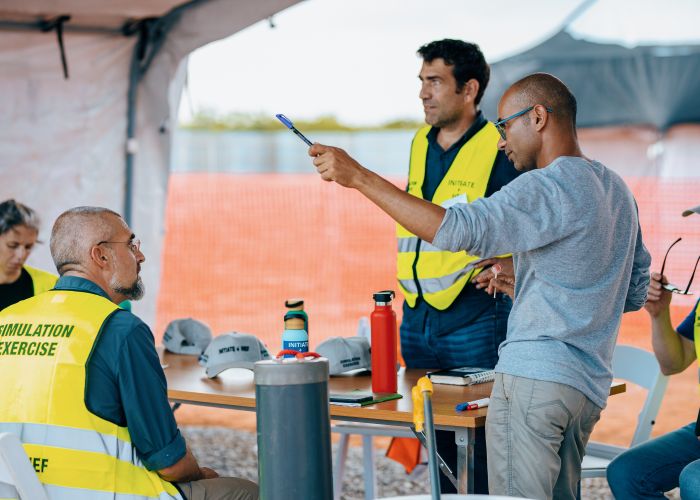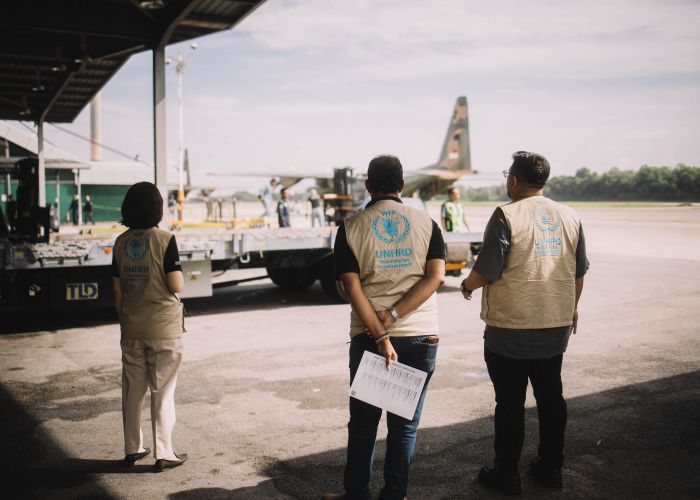
UNHRD Innovation Lab
The UNHRD Innovation Lab in Brindisi develops and scales supply chain innovations for the humanitarian community.
Collaborate with us.
Our 3 guiding mechanisms
- Humanitarian innovation readiness level (HIRL): a scale that assesses the innovation stage of a product—from concept to launch in an operation.
- Demand vs. technology push: we respond to the real-world needs of our partners (demand-driven) in balance with advanced external innovations (technology push).
- Stakeholder-centric design: all design, testing, and validation stages are informed by feedback from affected populations and people who manage disaster response.
How we work
Incremental innovation
We continuously improve our existing products based on feedback from partners, changing needs in the field and data from operations. Areas include:
- Product redesigns and reviews
- Stock and packaging optimization
- Humanitarian design training
- Innovation research and market analysis
- Greening initiatives and sustainability upgrades
- Technical support for procurement and strategy units

Radical Innovation
We develop new products through partnerships with startups or by collaborating with the WFP Innovation Accelerator. Areas include:
- Co-designing novel solutions with private sector partners
- Co-designing with UNHRD partner community
- Field-testing new technologies
- Adapting emerging tools for humanitarian contexts
Innovation for the field

UNHRD Lab draws from the perspectives and expertise of over 100 humanitarian partners, academic institutions, and private sector collaborators. This ecosystemic approach thrives on open innovation, systems thinking, and co-design. It also allows for collaborative innovation, resource sharing, and reduced development time and costs. By working with and for its partners, the Lab creates solutions that solve real-world problems in the field.
Designing for humanitarian purposes
All solutions from the Lab are guided by operational realities of the first 60–90 days of humanitarian emergencies. The Lab’s most important design principles are:
- Modularity and scalability
- Climate and cultural adaptability
- Low energy use and easy maintenance
- Transportability and simple deployment
- Ensuring community influence and dignity
- Customizability over standardization
- Disaster resilience and technical learning potential
- Sustainability and recyclability
- Cost-effectiveness and minimal packaging
UNHRD Lab Projects

